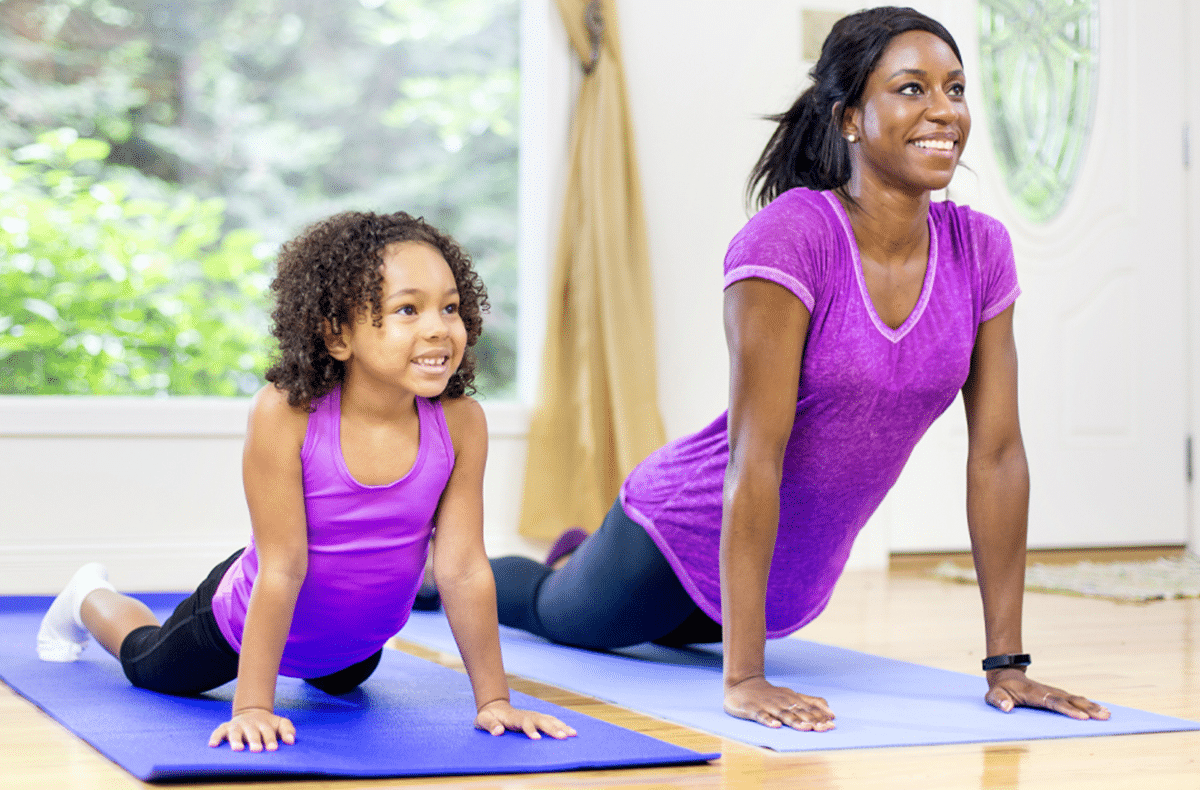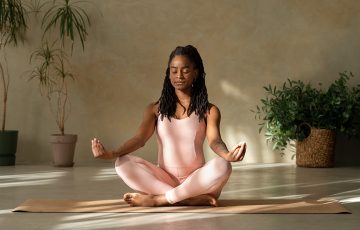How and why it’s vital to build your child’s core strength

Core muscles play a very important part in a child’s development – even in things such as concentration and motor skills. Here’s how to work on that strength.
Many articles on core strength come with a picture of a ripped, tight tummy and a six-pack. That’s not what your child needs. But a strong core, the muscles surrounding the abdomen, pelvis and back, is essential for a growing child. A weak core can cause a surprising variety of problems.
A baby needs tummy time so he learns how to lift his head. This strengthens the neck and upper back muscles. He gets to support the weight of his head and look around, while it prepares him for crawling, rolling over and sitting up.
Poor core strength makes it harder for a child to do co-ordinated movements on both sides of the body, sit up straight, hold a pencil and use scissors or jump.
The Compass Group at the University of Sydney found that core strength activities in the classroom make it easier for kids to be attentive and to concentrate. The reason is that the solid core helps them sit properly. Otherwise, they could slouch, sit on one leg and squirm since they can’t seem to get comfortable.
SIGNS OF LOW STRENGTH
Age 3 to 7 can get their core exercise from sitting with legs crossed. Young ones with weaker cores might not want to sit this way or put their hands out behind them for support when they switch positions.
Preschoolers lose a chance to build their core if they sit in a W – legs turned out from the body and heels are near the hips, knees bent. This might make them feel more stable but can interfere with crossing the mid-line of the body and developing their strong hand and helper hand.
Primary school children with core issues might fidget constantly or slump over the desk. They might struggle to balance on one leg, lose balance during sports, be a bit clumsy and reluctant to climb stuff.
EASY EXERCISES THAT DON’T INVOLVE EQUIPMENT
You don’t need any special equipment. Just make sure your child is breathing while doing these. Your child might hold their breath to help them and then the core muscles aren’t getting a workout.
- Wheelbarrow race. The child walks on their hands and you hold the feet. Make sure the back stays straight and see how far they can go.
- Obstacle course. Add some unstable surfaces such as pillows to improve strength and endurance.
- Animal walks. Imitate the moves of animals such as crabs, frogs, bears, or worms. These use body weight as resistance.
- Bridging. Lie on the back with knees bent and feet flat on the floor. Push hard through the heels to raise the bottom off the floor. Head and shoulders must stay on the floor with the spine straight and the hips at the same height.
- Superman. Fly like a superhero. Lie on the back and lift arms so that the upper chest comes up as well. Try lifting the legs at the same time.
- Plank. Lay on the stomach with hands flat on the floor next to the shoulders and toes on the floor. Push up to straighten the arms and lift the body off of the floor into a raised push-up with feet at least hip-width apart. Extend the opposite arm and leg for 5 seconds, then change to the other two.
5 EASY EVERYDAY ACTIVITIES TO TRY AT HOME
Many kids are doing some core-strengthening activities already in regular play, so you just have to encourage it. Make it interesting by setting goals – how long or how fast they can go, for instance, depending on their age.
- Play on the belly. A prone position – lying on the floor drawing, for instance – increases core stability.
- Kneeling. Play a game or do a craft kneeling at a low table or tray.
- Squat. Place toys so the child has to squat down to get them
- Swim. This is one of the best overall strengthening exercises.
- Cycle. The core muscles work to keep the child upright and balanced.
Related article: Why child’s play is important
Also good are jumping and skipping, climbing on monkey bars and going down slides, swinging (without being pushed) and exploring a park, forest or beach.
Start with just a few of these exercises at a time and pick the ones your child enjoys right away. As they gain confidence and endurance, they’ll be ready to try new challenges.
Related article: 10 Tips for raising happy, well-rounded children
Sources:
https://occupationaltherapy.com.au, https://theinspiredtreehouse.com, https://www.childsplaytherapycenter.com, https://pophopandrock.com, https://www.yourtherapysource.com, https://thedaily.californiafamilyfitness.com/
Related articles

Latest Jet club magazine
We’ve got the latest trends, exciting prizes and exclusive savings just for you!
Jet Club will not pass your details to anyone else. By clicking the subscribe button you confirm you have read and agree to the Jet Club Terms and conditions and Jet Club Privacy Statement.
Subscribe



